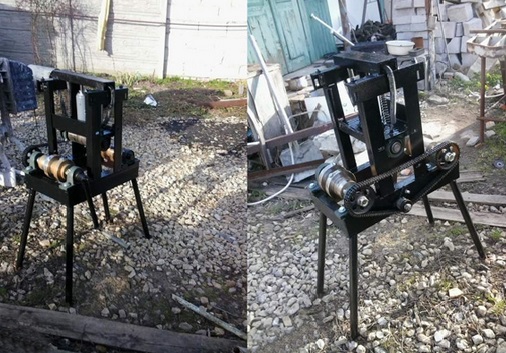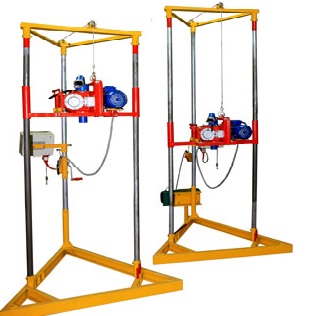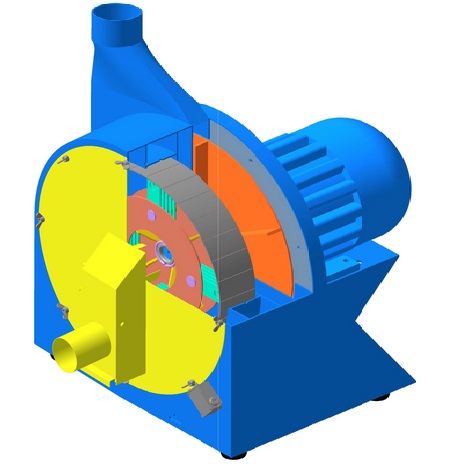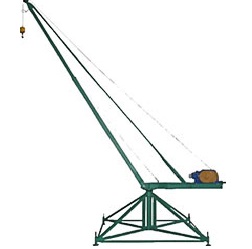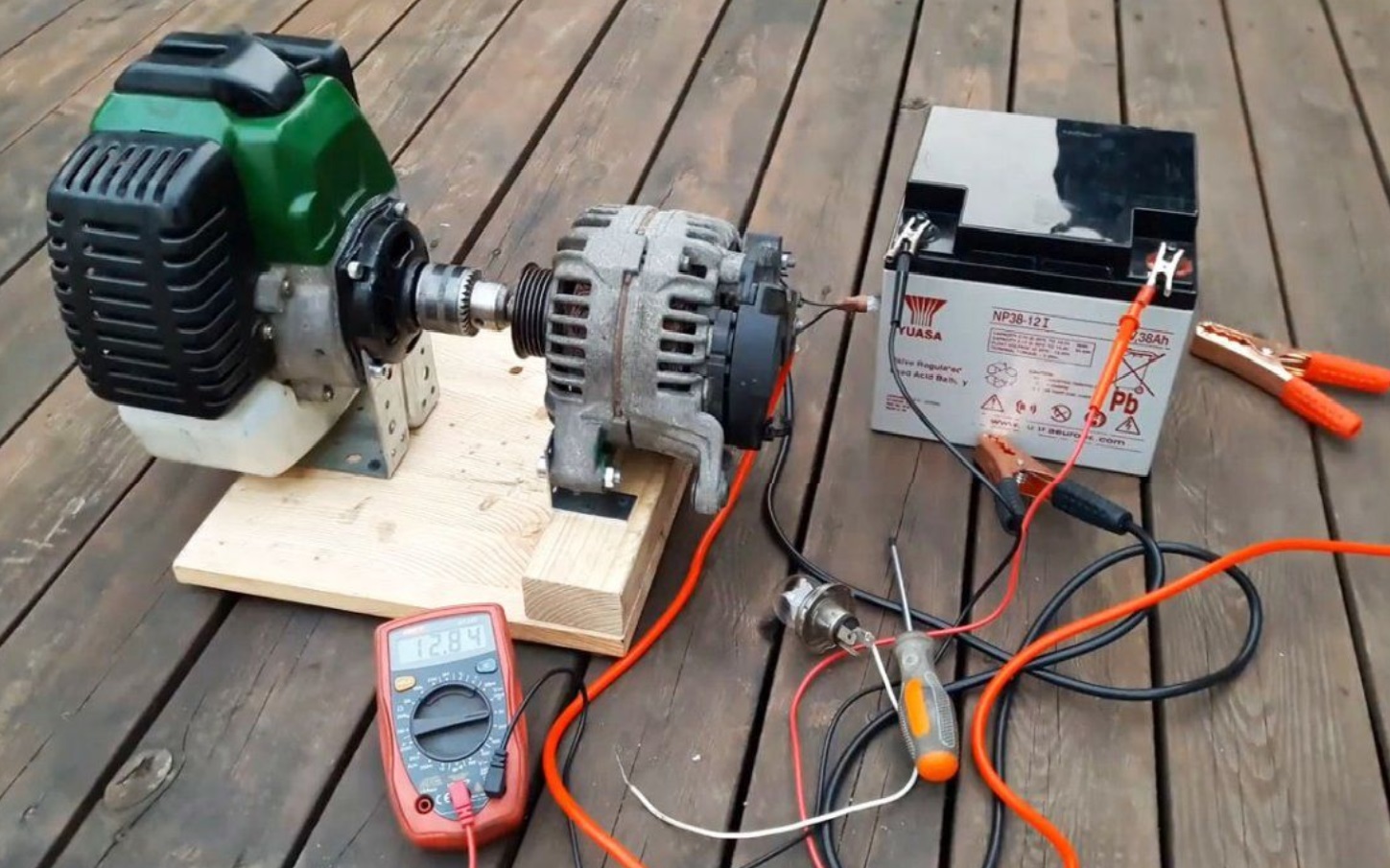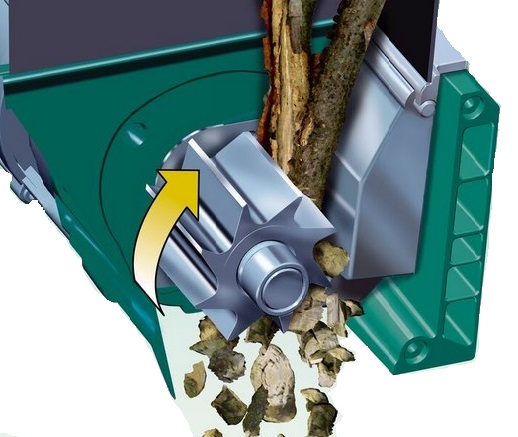A pipe bender can be used to bend pipes into various shapes such as circular, square, or rectangular. They can also be utilized to bend pipes at different angles, allowing for the creation of more complex and detailed forms.
Homemade Pipe Bender for Thin-Walled Pipes
When selecting a tool for this purpose, it’s important to consider compatibility factors such as the characteristics of the pipe and the working principle of the device.
Different pipes have varying minimum bending radii. To determine this, use the following table:
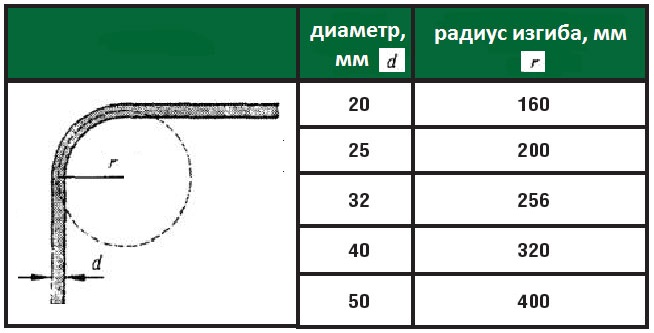
Remember, the pipe’s bending radius can be smaller, but the bend quality may be reduced.
Simple Homemade Pipe Bender – First Option
The simplest method to bend a pipe is to use a special template. It’s worth noting that this method can be used to bend not only aluminum but also steel pipes.
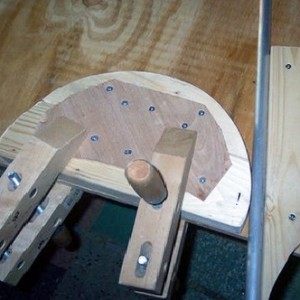
To make a template, you’ll need wooden boards slightly thicker than the pipe being bent. To prevent the pipe from slipping out during the process, the boards are cut at an angle.
The joined boards should be fixed on top of a table or other convenient base. The stop, created for holding the bending pipe, is also secured to this base. Your simple pipe bender model is ready.
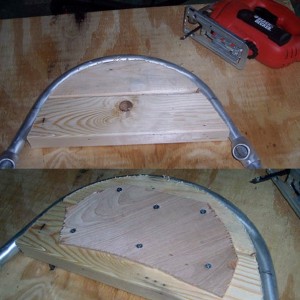
To bend a pipe, place it so that one side is against the template and the other against the stop. Now, take the pipe from the opposite end and slowly bend it. To ease the process, use a lever inserted into or placed over the pipe.
Avoid attempting to bend the pipe at the center of the template, as this is not only challenging but also risks breaking it.
Simple Homemade Pipe Bender – Second Option
A similar template can be created using metal hooks, which are fixed on a plywood sheet according to the bending line. This design is advantageous as the bending line can be adjusted by simply moving the hooks.
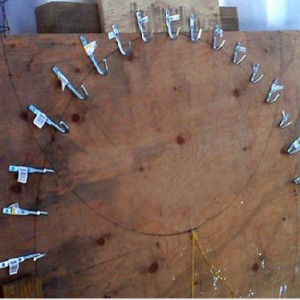
Simple Pipe Bender – Third Option
Using simple pipe benders, it’s possible to bend not only thin-walled pipes but also thick-walled ones. To do this, use a hand winch.
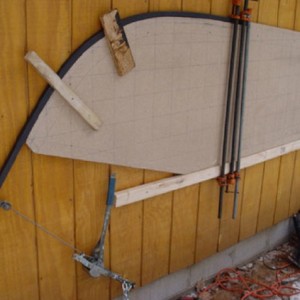
Such a setup allows for bending even robust profile pipes. However, for this, the wooden template should not have a bevel, and the pipe must be secured with several limiters.
Simple Pipe Bender – Fourth Option
This DIY pipe bender requires more effort in selecting or manufacturing the necessary templates and rollers, as the pipe’s grip is directly related to the quality of the bend.
If the pipe bender is intended for bending soft metal pipes, it may be appropriate to replace steel rollers and templates with equivalents made from hard wood species.
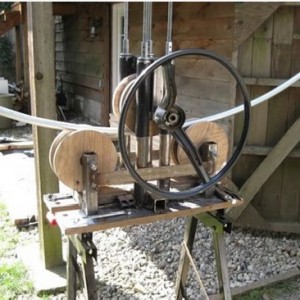
Making the rollers can be done using a lathe. Alternatively, a jigsaw can be used to cut out several circles from hard plywood, each having a different diameter and the required bevel on one side. Once the circles are ready, they can be combined into a single unit. The final step involves sanding the piece. To enhance the strength, the item should be reinforced with metal plates.
For larger radius bends, rolling pipe benders are more suitable. Like the previous benders, they are not overly complex in construction.
The complexity of a rolling pipe bender mainly depends on the material of the pipe being bent. If the tool is intended for bending soft pipes, the working surfaces can be made of wood, as wooden components are relatively simple to produce and inexpensive. They can be easily replaced with new ones if worn out.
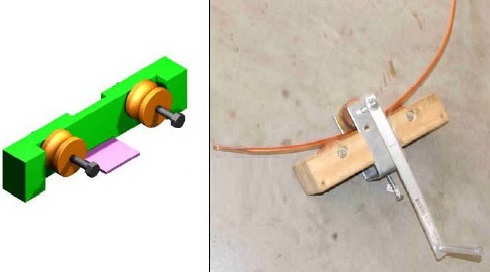
If the use of wooden parts is not possible, they can be replaced with metal ones. As seen in this instrument, the main components are primarily made of wood. The material for the rollers in this version is polyurethane, but they can also be made of wood.
Additionally, the rollers can be replaced with bearings. However, in such a case, care must be taken to prevent the pressing bearing from spinning.
Pipe Bender for Bending Thick Pipes – First Option
Here are the drawings I gave to the lathe operator:

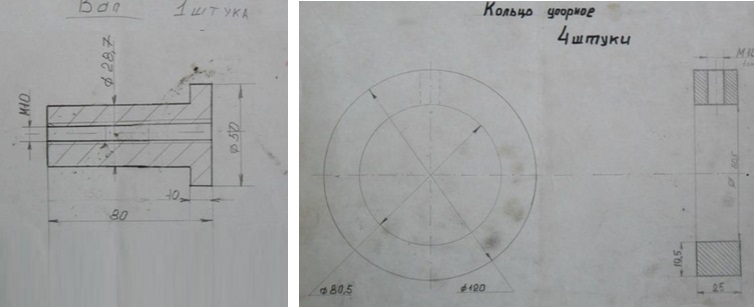
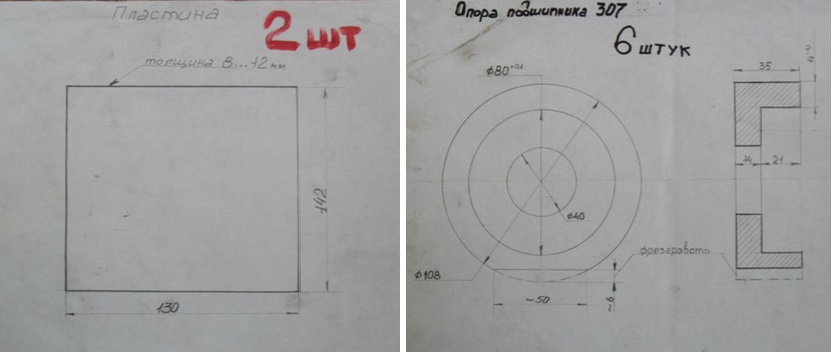
The smaller the gap between one roller and another, the greater the force required to bend and drive the pipe through. Conversely, the bend will be of minimal radius, and at a certain point, the pipe may not bend at all.
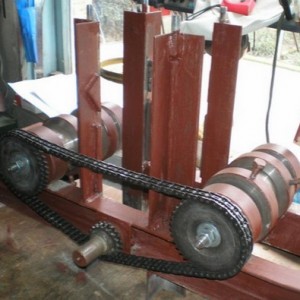
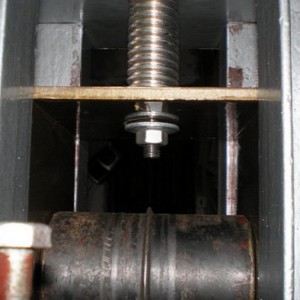
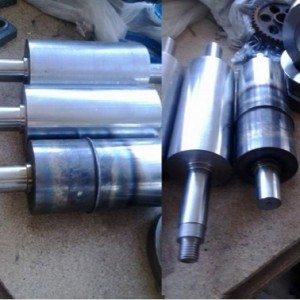

Create a custom pipe bender using this guide. The design is based on a welded frame made from angles and 80-size channel. The gears and chain are sourced from a VAZ engine:
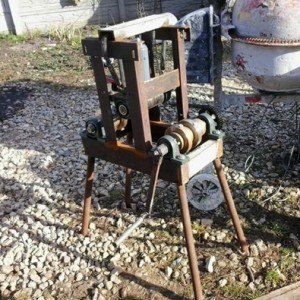
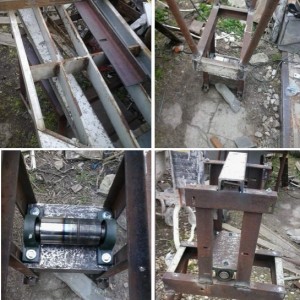
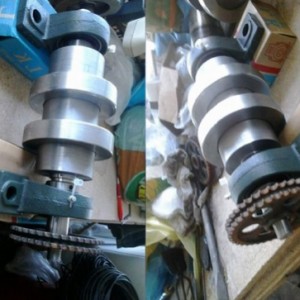
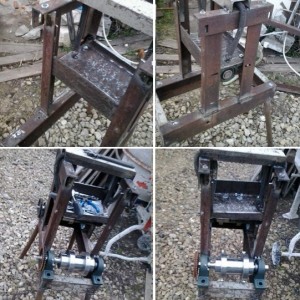
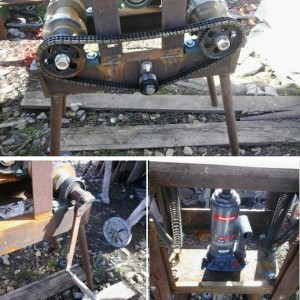
Final Photos of the Device
A jack is placed on top and pressed to set the bending radius:
A More Aesthetic Variant
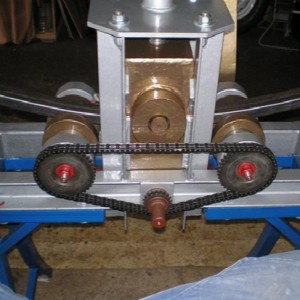
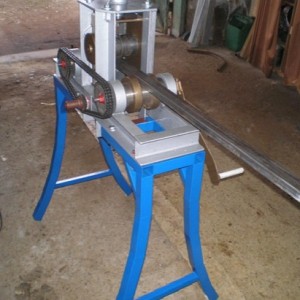
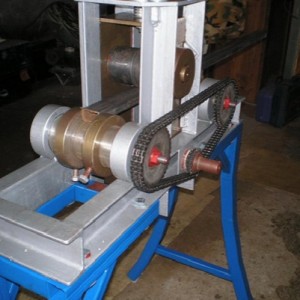
DIY Pipe Bender for Bending Thick Pipes: Second Version with Engine
For a more versatile tool, consider designing with the capability to set the side rollers further apart or closer together. Steel fasteners on the sides hold the bending part perpendicular to the axis of the rollers.
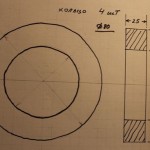
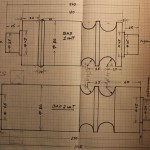
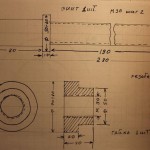
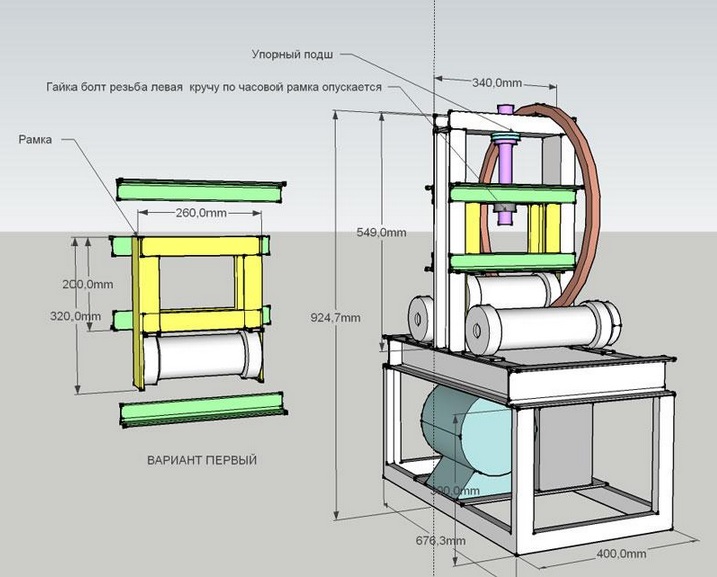
Without these fasteners, the bend in the pipe would be spiral. The tightening of the pressure roller in the pipe bender is carried out below, using a metal strip with the required thread in the middle.
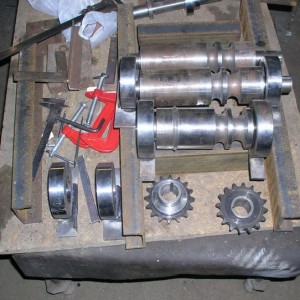
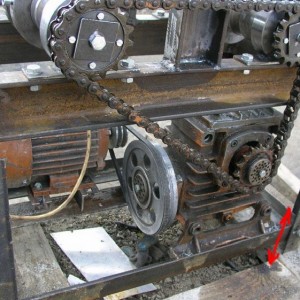
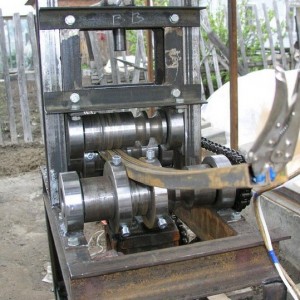
For a small-radius bend, the pipe must be passed through 50-100 times. To avoid deformation of the bending circle, the pipe rolling speed should be consistent. If the pipe has a welded seam, ensure its position remains unchanged during rolling.
How to Bend a Pipe to a Radius?
A pipe can be bent to a radius using a pipe bender, either manually or mechanically, depending on the type and power of the pipe bender. To bend a pipe to a radius, place the pipe in the bender, adjust the desired bend radius, and then apply force to bend it. Some mechanical pipe benders have an automatic radius adjustment system, simplifying the process.
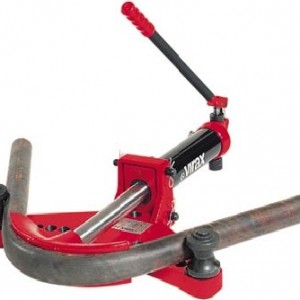
Remember, when bending a pipe to a radius, ensure not to move or damage the pipe, as this can lead to distortion or reduced quality of the bent pipe. Also, consider the material and diameter of the pipe to determine the necessary materials and tools for bending to the desired radius.
If unsure how to bend a pipe to a radius, consider consulting a professional or reading specialized literature to learn more about the pipe bending process.

